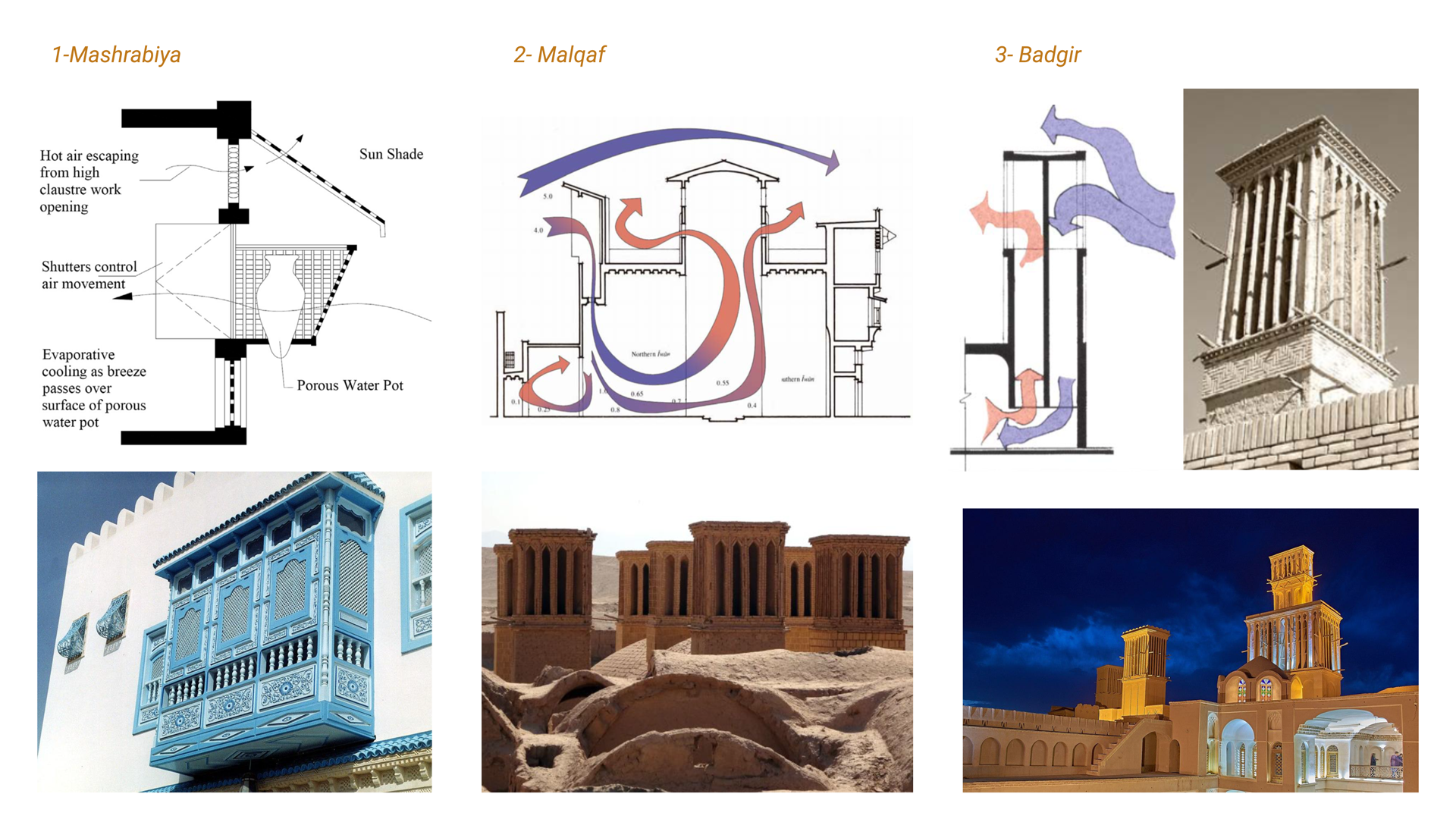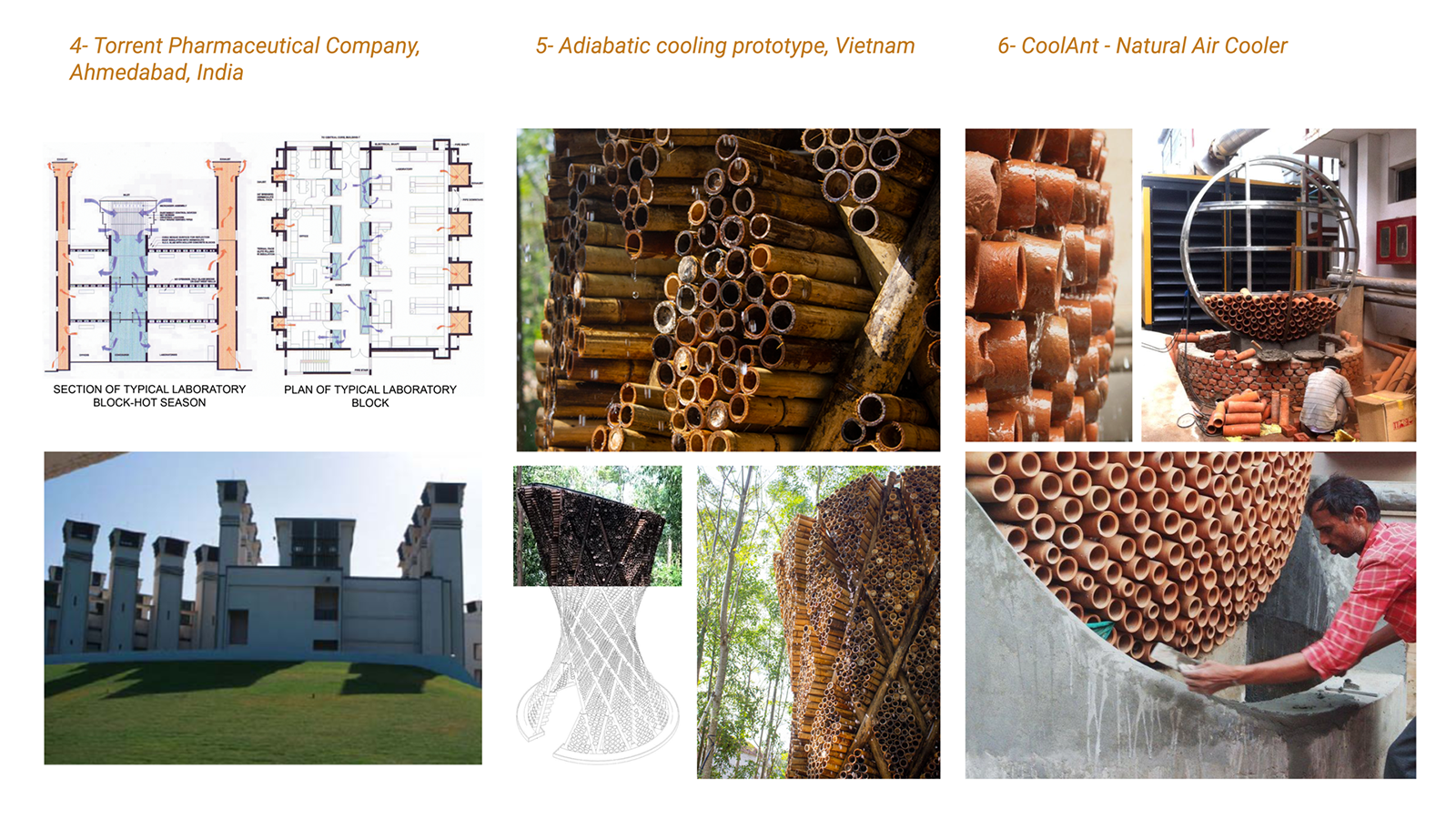Pathways to decarbonization or the dissolution of our illusions.
In the midst of a scorching summer, a weary homeowner welcomed the arrival of a shiny new air conditioner, seeking respite from the oppressive heat. Grateful for the cool breeze that soon filled the living room, they savored the relief it brought. However, unbeknownst to them, each cycle of the AC emitted gases that gradually contributed to the warming of the planet. Despite their intentions of seeking comfort, the homeowner inadvertently added to the environmental burden, a small piece in the puzzle of climate change, unaware of the broader impact of their actions.
Cooling the world is warming the planet.
Context:
Decarbonizing the construction industry involves reducing or eliminating carbon emissions throughout the entire lifecycle of buildings. This can be achieved by implementing sustainable practices, adopting green technologies, and making informed decisions at each stage of the process. From materials, transport, building construction to operating the building and demolition.
Our focus is on reducing co2 emissions from HVAC systems
Our Pathway to Decarbonization:
“Achieving Sustainable Comfort: By Decarbonization through innovative alternatives to traditional HVAC systems,
And promoting a circular economy by redefining the way we cool spaces for a more environmentally responsible future”
Target regions:

State of the art:

improve thermal comfort and reduce energy consumption – Magdi Rashad, Navid Khordehgah, Alina Zabnienska-G ora, Lujean Ahmad, Hussam Jouhara
https://bura.brunel.ac.uk/bitstream/2438/22060/2/FullText.pdf
2) and 3) The vernacular architectural ventilation techniques in hot?Dry climates
https://www.researchgate.net/publication/274861497_The_vernacular_architectural_ventilation_techniques_in_hot-Dry_climates

https://www.researchgate.net/publication/274861497_The_vernacular_architectural_ventilation_techniques_in_hot-Dry_climates
5) ADIABATIC COOLING PROTOTYPE, AREP
https://www.arep.fr/nos-projets/prototype-de-rafraichissement-adiabatique/
6) DESIGN AND INSTALLATION OF A COST-EFFECTIVE, ECO-FRIENDLY OUTDOOR COOLING SYSTEM
Monish Siripurapu, Abhishek Sonar, Atul Sekhar, Sudhanshu Kumar
https://ant.studio/beehive/m0hlpumv2pedn9wmzikggvcu88kwz0
Practical solutions:
- Interior spaces:
- Window and door lintels
- Sculptor – Wine cooler
- Partition wall
- etc

A step ahead to make it as a “CIRCULAR ECONOMY”.
Using regionally available materials for construction projects has gained momentum in recent years due to its environmental and community-focused advantages. Selecting resources that are readily accessible helps lower emissions related to transport and contributes to economic activity in the area while maintaining traditional craftsmanship. Implementing systems to reuse wastewater and collect rainwater enhances the sustainability of the project, reducing overall consumption and easing pressure on public infrastructure. Additionally, relying on simple, self-assembly components can streamline construction, making it more practical and budget-friendly for homeowners and developers. Collaboration with design professionals, skilled builders, and nearby suppliers supports the cultural integrity of the project and fosters economic development. Adopting a circular approach underscores the value of minimizing waste and improving resource use throughout the life of the development, promoting a resilient and balanced built environment for future generations.


